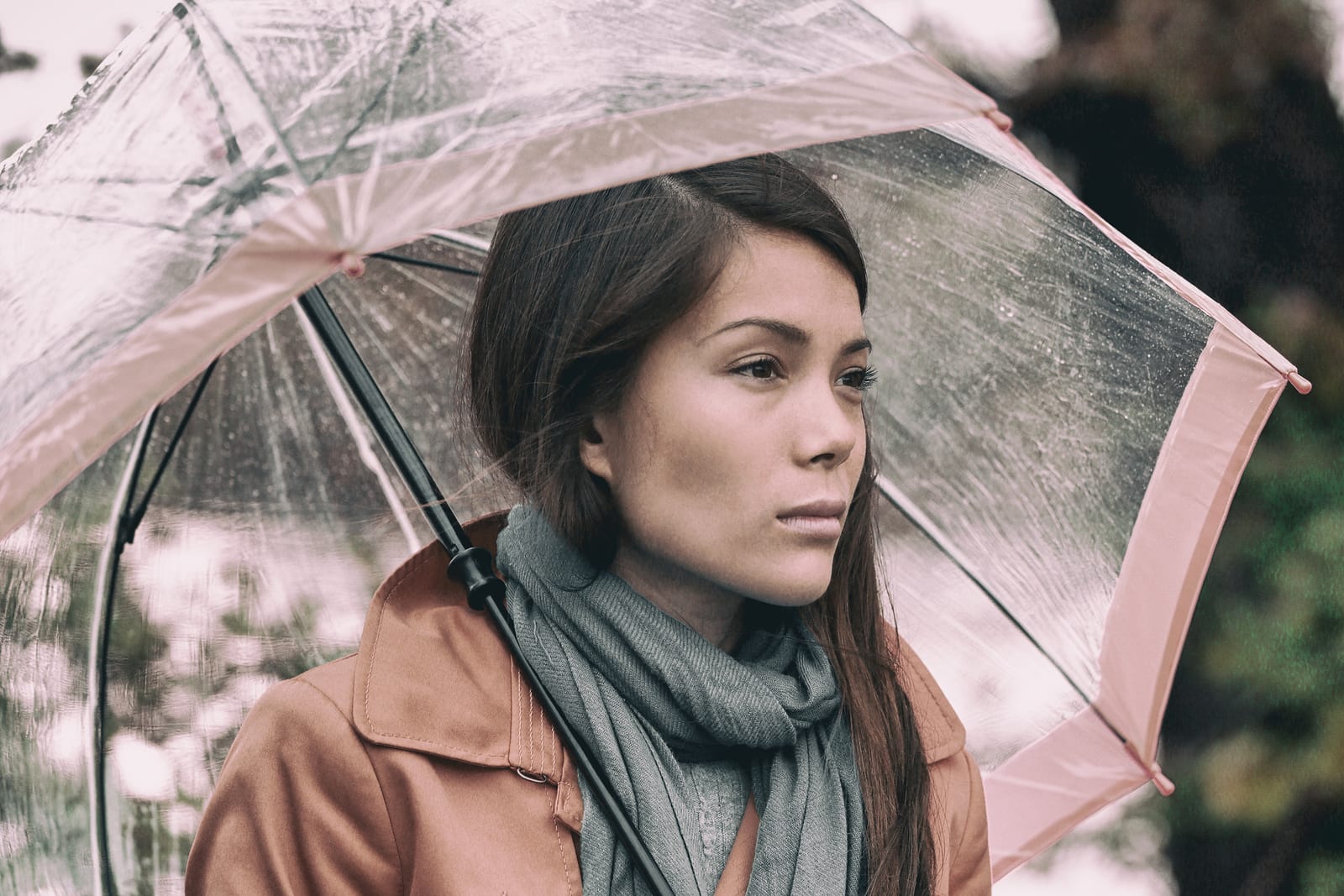‘Tis the season to be merry and bright, except not for everyone. This time of the year can be tough for those dealing with depression, anxiety, and Seasonal Affective Disorder (also known as SAD).
SAD is an extremely prevalent disorder, with about 4-6% of people suffering from it. Unfortunately, many people interpret Seasonal Affective Disorder as “wintertime blues,” when it is actually a form of depression.
That’s why we’ve outlined some of the most commonly asked questions about SAD to get the record straight on this debilitating mental disorder.
First Things First: What Is Seasonal Affective Disorder?
SAD is a category of depression that emerges during certain times of the year. Different people experience symptoms of SAD at different times. Most encounter it beginning in the fall, but reverse SAD can occur during the warmer months. For most cases, it’s believed that lack of light, cold weather, and shorter days all contribute to Seasonal Affective Disorder.
How Is Sad Different From Winter Blues?
It’s okay to feel a bit sluggish and tired during the winter, especially when the air is chilly and all you want to do is cuddle up in your favorite blanket. A person suffering from SAD, however, will experience symptoms that go further than occasional wintertime blues. SAD is a form of depression, so it causes a person to endure severe symptoms that disrupt their quality of life.
Signs of SAD:
- Frequently oversleeping
- Mood changes
- Weight gain
- Relationship problems
- Feelings of worthlessness
- Difficulty concentrating
- Loss of interest in activities
- Low energy
- Heaviness in arms and legs
- Crave carbohydrates
- Social withdrawal
- Thoughts of death or suicide
Who Is More at Risk for Developing SAD?
- Females: Women are diagnosed with SAD four times more than men.
Note: This may not mean that women are more likely to suffer from SAD, but they are more likely to seek treatment. Men may be just as susceptible, but less inclined to ask for help. Don’t be afraid to reach out if you think you’re experiencing symptoms of SAD.
- Young Adults: SAD tends to be diagnosed more frequently in young adults. There have also been cases of SAD in teenagers and children.
- Family History: If you come from a family with a history of any type of depression, you are more likely to develop SAD.
- Overproduction of Melatonin: People with SAD usually have higher levels of melatonin, a hormone that controls sleep. This contributes to people feeling extra lethargic and oversleeping.
- Vitamin D Deficient: Vitamin D plays a role in serotonin levels and a lack of vitamin D is associated with depression.
- Suffering From Depression or Bipolar Disorder: Those with other mental disorders may find that their symptoms increase during the winter months.
- Living Far From the Equator: SAD is most prevalent among those who live in colder climates.
How Is Seasonal Affective Disorder Different From Depression?
SAD has a large spectrum, as some experience severe symptoms and some do not. Essentially, SAD is major depression, but it may only surface during certain times of the year. It can cause harsh effects that impair a person’s quality of living and may even lead to thoughts of suicide.

How Is SAD Treated?
Just like depression, it’s important to never lose hope when dealing with SAD. Seeking professional care is important in order to alleviate symptoms. Different types of therapies and medications can be used to help people suffering from SAD, allowing them to get back to living their best lives.
Is There Anything I Can Do on My Own to Cope With SAD?
Absolutely! While you should still seek professional help, there are little tricks you can do during the day to help you feel better.
- Let the Sun In: Even though it’s cold outside, the sun still shines in the winter. Open your drapes and let the natural sunlight flow in whenever possible.
- Work Out: Staying active during the winter can keep your depression symptoms at bay. Go on walks, join a gym, or try yoga. Do whatever you can to keep your body moving through the winter.
- Eat Less Sugar: Sugar may inhibit your body’s ability to cope with stress, so try to eat less of it when you’re more prone to seasonal depression. Swap the sugar for some protein and fiber and your body will thank you.
- Practice Winter Hobbies: Getting involved in wintertime hobbies could help you feel more excited about the change of season. Ice skating, skiing, and snowboarding are all great activities that get you moving and enjoying the snow.
JOIN THE FIGHT AGAINST DEPRESSION
If you think you’re suffering from any form of depression, don’t be afraid to ask for help.
Our research team is currently enrolling for a new clinical study on depression and its effects on people. Reach out to learn more about how you can join our fight against depression.







